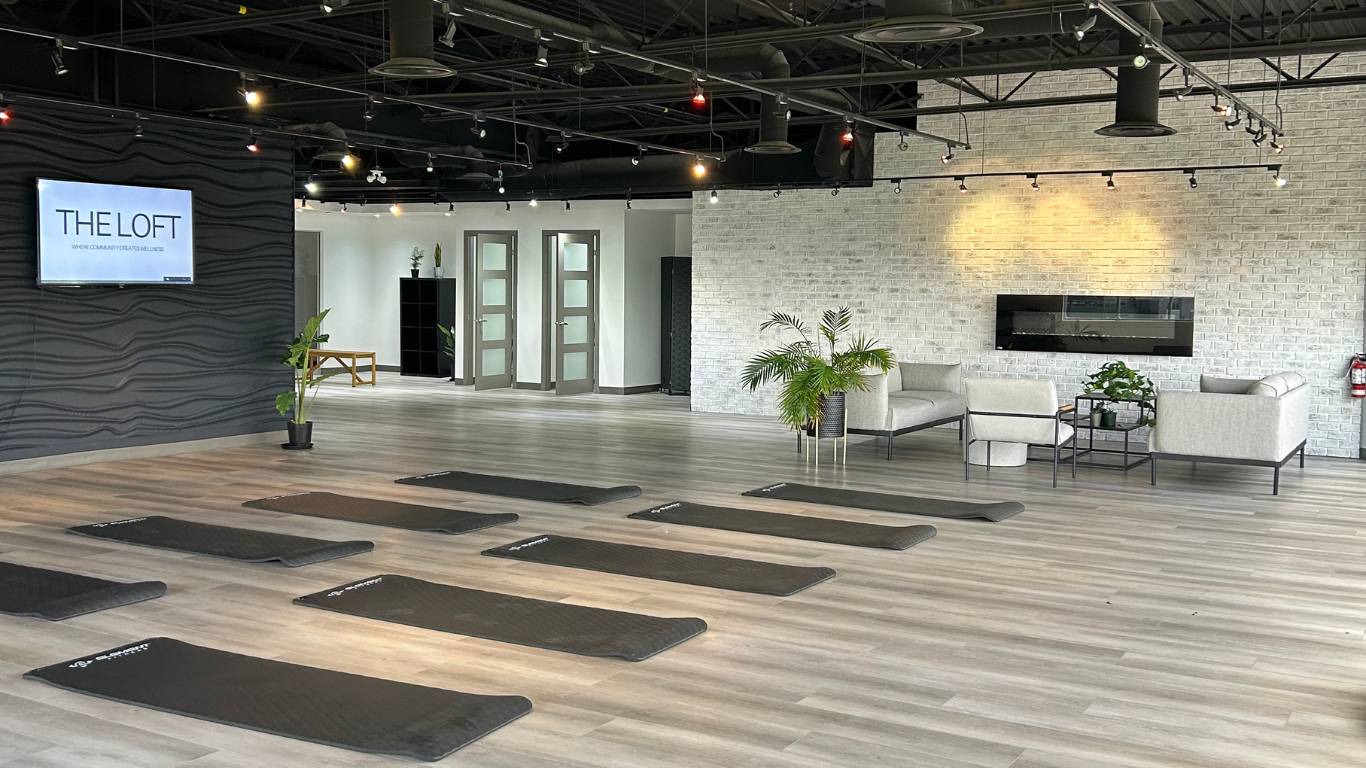These days, it may be difficult to count the number of figurative pains in the butt we encounter in everyday life: bills, work, responsibilities and trying to balance it all and be happy at the same time. Somehow, we manage to do it whether it’s graceful or more like full-on chaos.
But let us forget all about that and discuss a literal pain in the butt that plagues many involved in distance running and pretty much any other sport involving running and/or acceleration and deceleration (Goom et al., 2016). Enter the proximal hamstring tendinopathy (PHT) or basically an injury to where your hamstring muscle group attaches to your ‘sit bones’ (ischial tuberosity for the anatomy geeks out there).
In a great clinical review of the literature regarding PHT, Goom et al took a look at this common and often persistent injury. Their goal was to flesh out clinically relevant applications of assessment, management, and exercise prescription. They state that although further research is needed to fully understand the nature of PHT, it is “insertional tendinopathy, and compression of the tendon at its attachment during hip flexion/adduction”. In other words, it is irritation and/or tearing where the hamstring tendons commonly attach to the ischial tuberosity that is usually made worse bending your hip and bringing your thigh closer to the midline.
A quick list of potential causes of PHT identified by the authors includes increasing training volume/intensity too quickly, the sudden introduction of sprinting, lunging, hurdles, or hills. All of these activities require the hamstrings to contract or lengthen while in hip flexion and may result in provocative tensile and compressive load at the tendon insertion. They also suggest this may happen with excessive use of static stretches (far too many of my patients talk about how much they stretch their hamstrings but almost no one talks about strengthening them) in yoga and Pilate postures involving sustained end-range hip flexion (Goom et al, 2016). Even the compressive load from prolonged sitting can be irritating to some sufferers of severe PHT.
The authors cite other risk factors of PHT are age, body mass index, metabolic issues, hormonal changes, and some medication side effects. It is of note that perimenopausal women may be at higher risk as the loss of estrogen can negatively affect tendon resilience.
Stay tuned for our next blog where we offer some ideas on a treatment plan to cure that pain in the butt.

